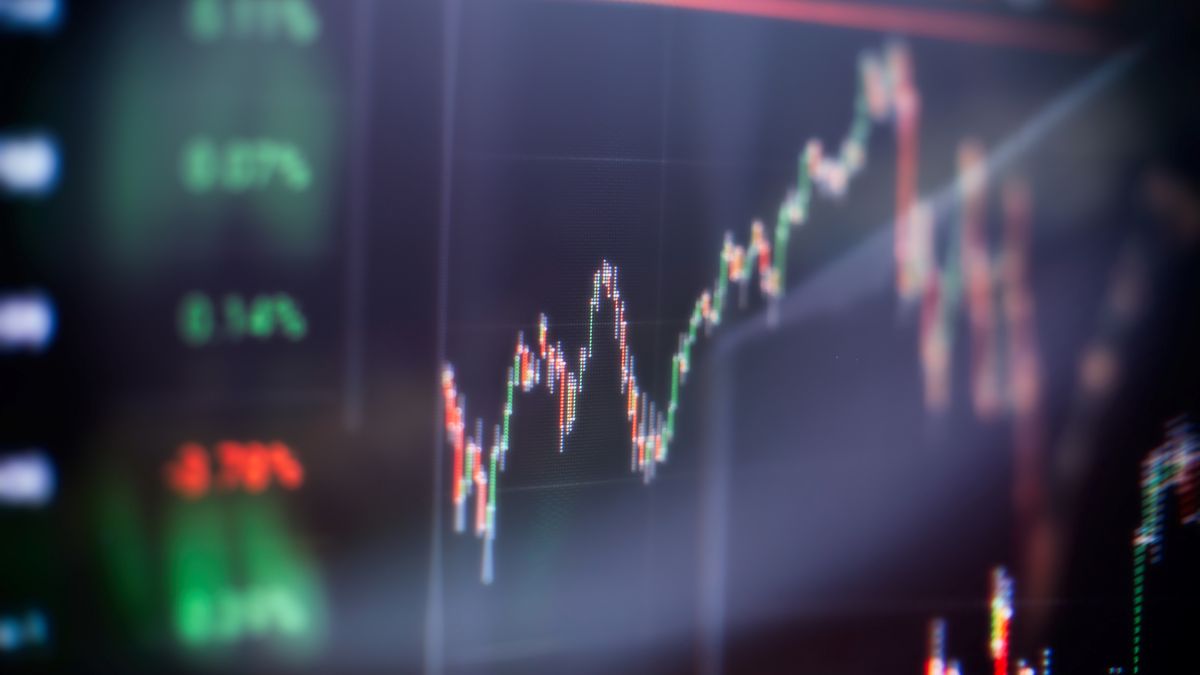Among the actions with the greatest losses were YPF (-4%), Agrometal (-3.1%); and Banco BBVA Argentina (-2.1%).
The high inflation (CPI), which was 6% in January and reached 98.8% in the interannual measurement, induces placements in the stock market as hedges, operators comment.
The Vice Minister of Economy, Gabriel Rubenstein. explained the day before that the Government it continues “working from the macro and from the micro, so that inflation goes down significantly”. “We hope that, towards the end of the year, the CPI will be close to 3%, with inflation for the year hovering around 60%,” she said.
Foreign markets kept an eye on US retail sales data amid concerns that high inflation and a tight labor market would prompt the Federal Reserve to further interest rate hikes this year.
On Wall Street, for its part, Argentine stocks ended with the majority of losses, led by YPF (-3.1%); Transportadora de Gas del Sur (-2.7%); and Irsa (-2.1%).
Bonds and country risk
In the fixed income segment, bonds denominated in dollars deepened their negative streak and lost up to more than 4%. The greatest decreases were for the Global 2046 (-4.5%); Global 2041 (-3.5%); and the Overall 2035 (-2.4%).
Thus, the country risk measured by JPMorgan climbed 1.8% and once again exceeded 2,000 basis points, ending at 2,005 units.
Regarding the titles in pesos, the CER papers, after the inflation data for January (6%), increases were observed throughout the entire curve of both Leceres and Bonceres, yielding average increases of 0.4%.
Source: Ambito
I am a 24-year-old writer and journalist who has been working in the news industry for the past two years. I write primarily about market news, so if you’re looking for insights into what’s going on in the stock market or economic indicators, you’ve come to the right place. I also dabble in writing articles on lifestyle trends and pop culture news.




